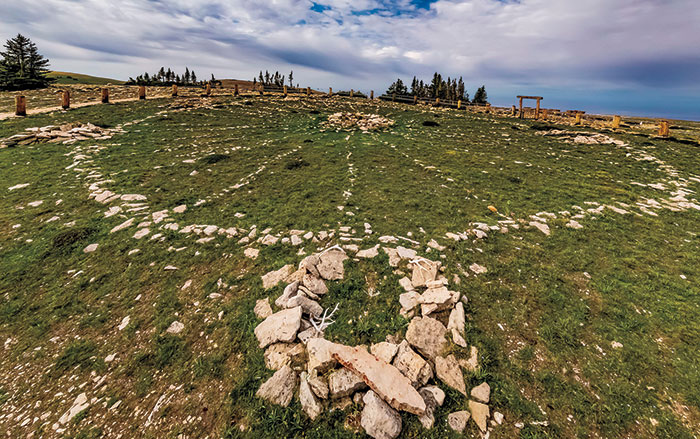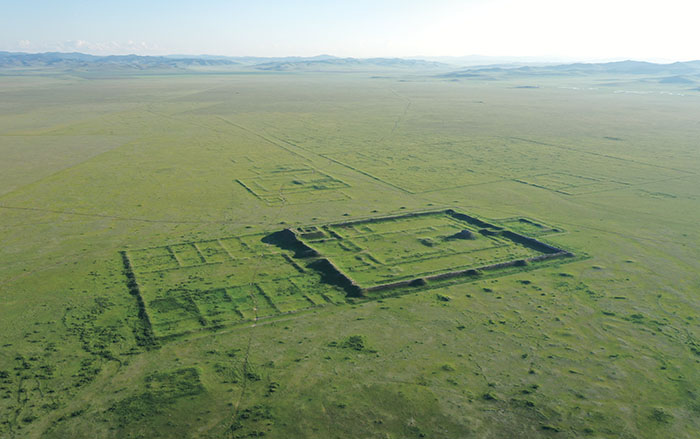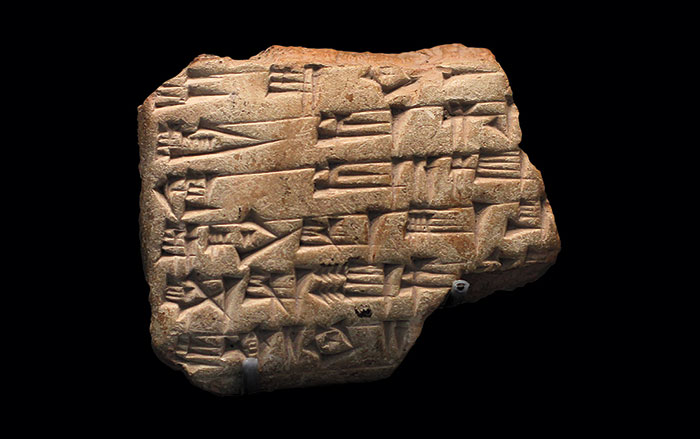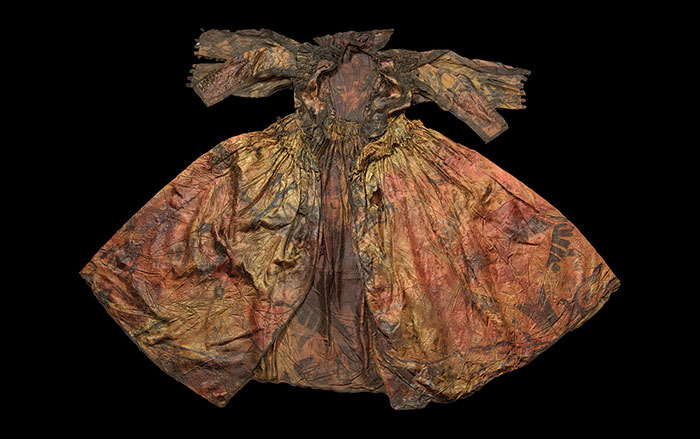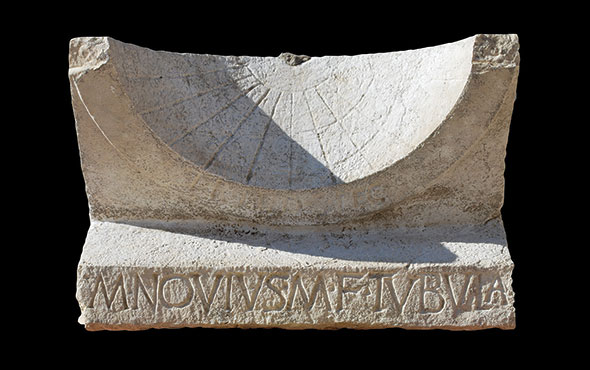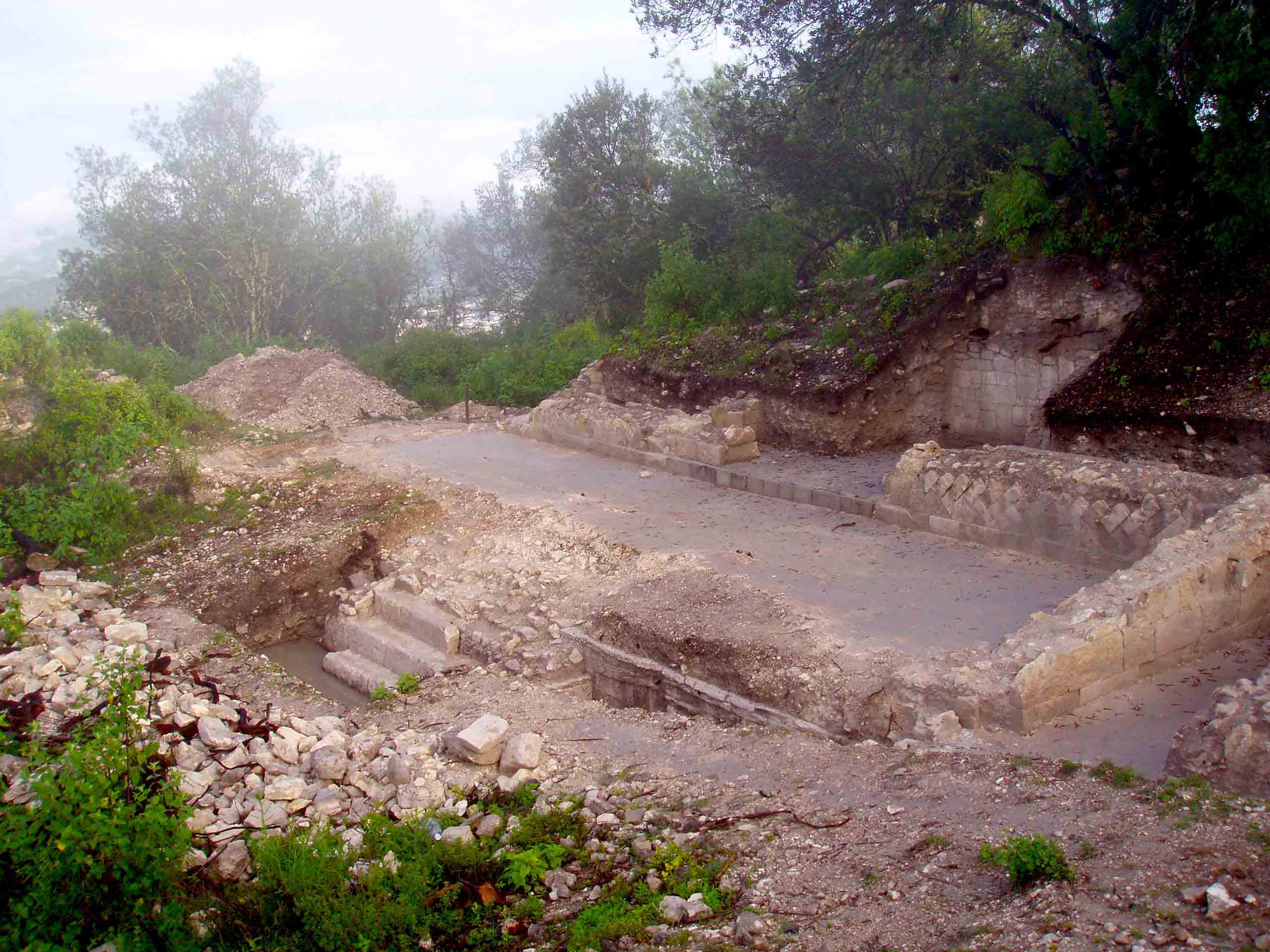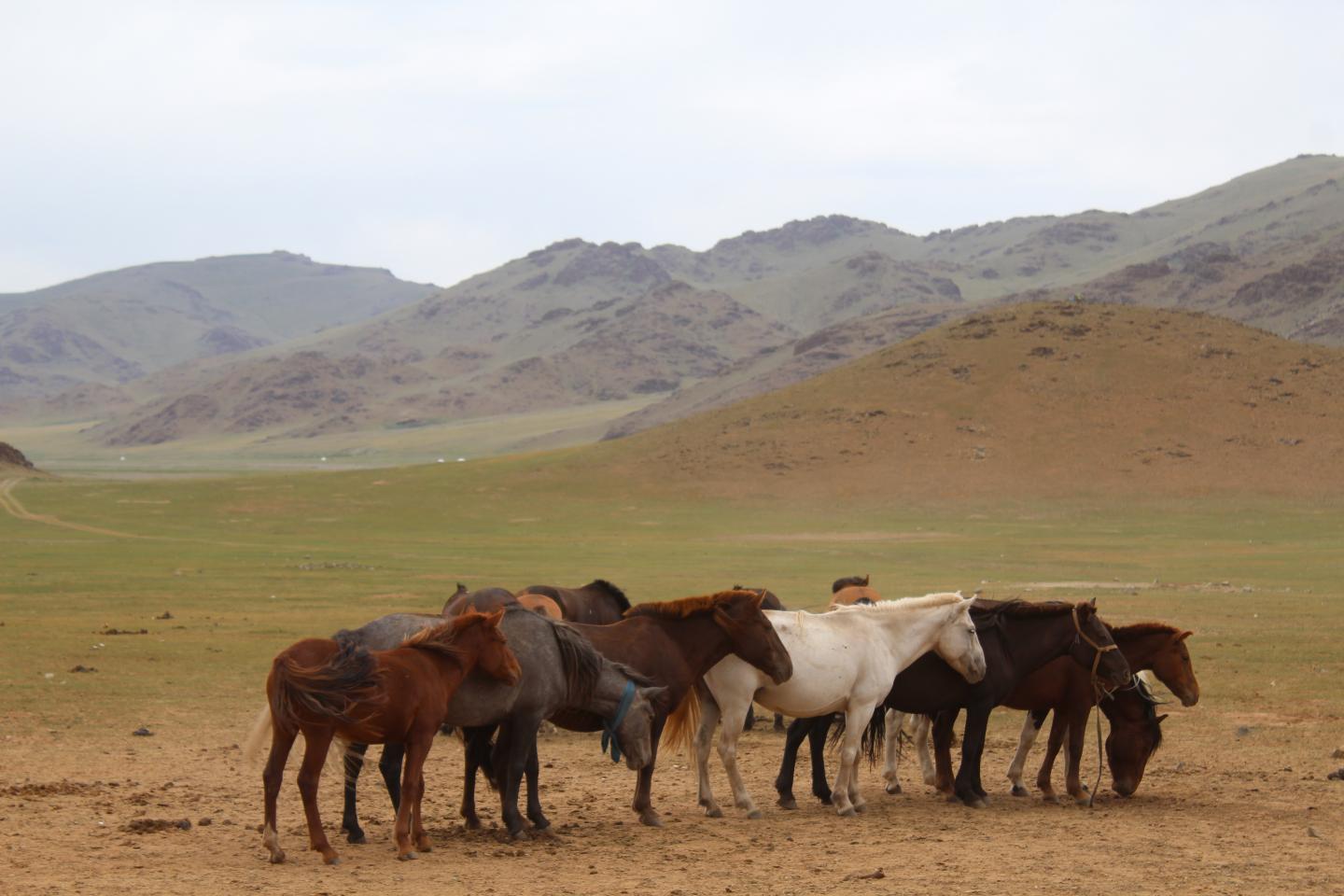
JENA, GERMANY—Live Science reports that researchers led by William Taylor of the Max Planck Institute for the Science of Human History examined the remains of 85 horses buried between 1200 and 700 B.C. in Mongolia by the nomadic Deer Stone–Khirigsuur culture and found evidence of early equine dental care. In the skull of one of the horses, dated to 1150 B.C., a tooth sticking out at an odd angle bears a cut mark that suggests someone may have used a stone to form it into a shape that would be more comfortable for the horse. The researchers also discovered that after 750 B.C., when the herders of the Deer Stone–Khirigsuur culture began using metal bits in horses’ mouths instead of ones made of wood, rope, or leather, some horses required additional dental care, to remove remove a functionless premolar known as a wolf tooth, which can interfere with wearing a metal bit. “It’s really shocking and cool that [wolf-tooth removal] directly accompanied the introduction of metal bits,” Taylor said. For more, go to “Mongol Fashion Statement.”


